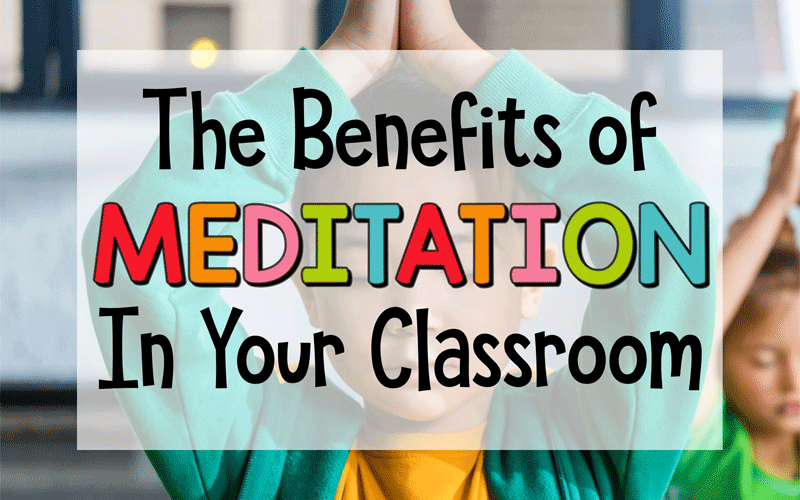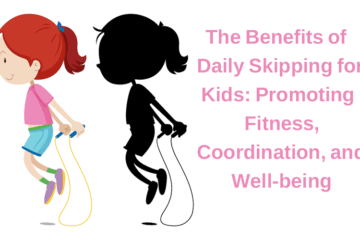In recent years, meditation has gained recognition as a valuable practice for promoting mental health and overall well-being. Its benefits extend beyond personal growth and have shown positive effects in various settings, including the classroom. Integrating meditation into the educational environment can enhance students’ focus, reduce stress, and cultivate a positive learning atmosphere. This article explores the benefits of meditation in the classroom and highlights how it can positively impact students’ academic performance and overall development.
Improved Focus and Attention:
Meditation exercises, such as mindfulness practices, help students develop concentration and focus. By learning to quiet their minds and direct their attention to the present moment, students can enhance their ability to concentrate on tasks, stay engaged in learning activities, and minimize distractions. Improved focus leads to better comprehension, information retention, and academic performance.
Reduced Stress and Anxiety:
School environments can often be stressful for students, leading to increased anxiety and diminished well-being. Meditation provides a valuable tool for managing stress and promoting emotional resilience. Regular practice can help students develop a sense of inner calm, reduce anxiety levels, and regulate their emotions. By incorporating meditation into the classroom routine, educators create a supportive space for students to relax, recharge, and develop stress management techniques.
Enhanced Self-Awareness and Emotional Intelligence:
Meditation encourages self-reflection and introspection, enabling students to develop a deeper understanding of their thoughts, emotions, and behaviors. By cultivating self-awareness, students can better regulate their emotions, make conscious choices, and respond to challenges in a more balanced and compassionate manner. This enhances their emotional intelligence, fostering healthier relationships with peers, teachers, and themselves.
Improved Cognitive Skills and Memory:
Research suggests that regular meditation can enhance cognitive functions, such as memory, attention, and problem-solving abilities. By training the mind to be more present and focused, students can enhance their learning capacity and information retention. Meditation practices also promote neural plasticity, which supports the development of new neural connections and cognitive flexibility.
Positive Classroom Environment and Behavior:
Introducing meditation into the classroom can create a positive and harmonious learning environment. It encourages empathy, respect, and kindness among students, fostering a sense of community and cooperation. Meditation practices promote self-discipline, self-control, and impulse management, leading to improved behavior and reduced conflicts. Additionally, students who practice meditation are more likely to exhibit qualities such as patience, empathy, and active listening, enhancing overall classroom dynamics.
Increased Resilience and Well-being:
Meditation equips students with valuable tools to navigate challenges and setbacks with resilience and optimism. By fostering self-acceptance, compassion, and a growth mindset, students can develop a positive outlook and bounce back from difficulties. Regular meditation practice promotes overall well-being by reducing symptoms of depression, enhancing self-esteem, and improving overall mental health.
Conclusion:
Integrating meditation practices into the classroom setting offers numerous benefits for students’ academic performance, emotional well-being, and personal growth. By fostering focus, reducing stress, promoting self-awareness, and cultivating a positive classroom environment, meditation becomes a valuable tool for both students and educators. With its scientifically-proven benefits and potential to enhance various aspects of students’ lives, meditation deserves recognition as a valuable addition to the educational curriculum.





